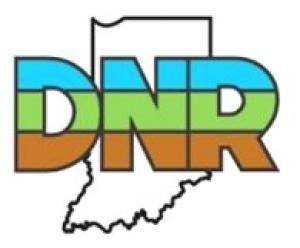
Deer season is here
If you’ve been hunting for a license instead of deer, look no further: Buy your license now via our online license system. Get your firearms and muzzleloader licenses before the seasons begin.
This year’s last free youth hunting days are Nov. 30 & Dec. 1. More information is on our youth hunts webpage.

Photo courtesy of R3 Clearinghouse.
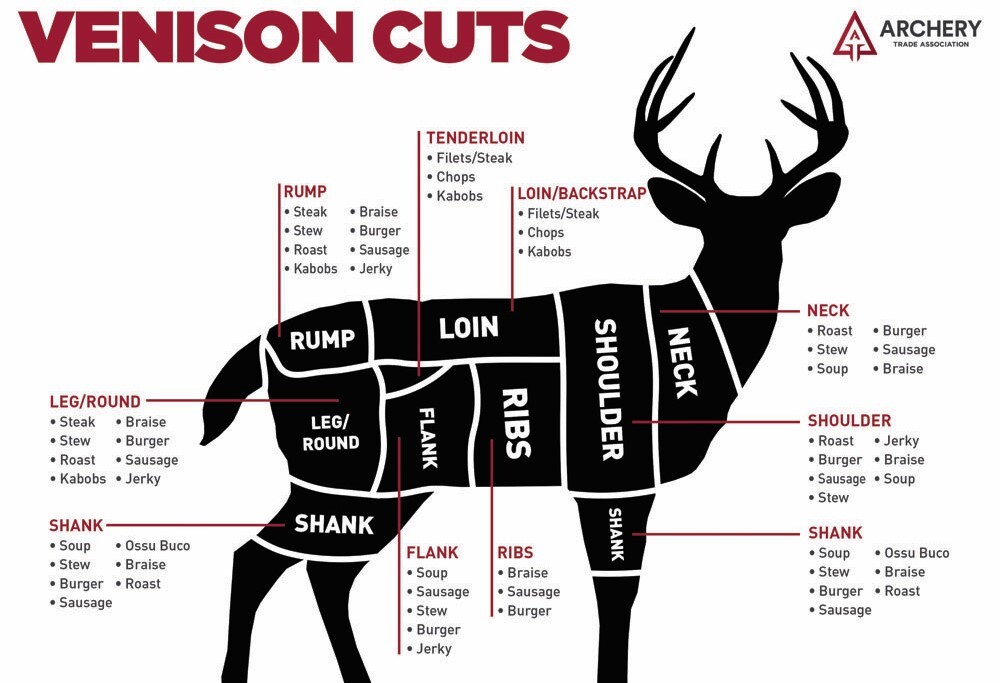
Learn to process your own deer
Interested in processing your own deer? Head over to our new webpage to view instructional videos from our partners at the International Hunter Education Association (IHEA) and National Deer Association (NDA). They’ll guide you through each step, including grinding and preserving the meat. Plus, you can download our printable PDF that includes step-by-step instructions for skinning and processing your own deer.

Check your deer cartridge
Are you getting ready for deer rifle season? Check if your firearm is legal with the help of our new deer cartridge video. Hear the legal requirements for cartridges used in deer hunting on both public and private lands, along with instructions for measuring cartridges correctly.

What to fish for this fall
While lakes and ponds can provide great fishing opportunities, some of the state’s best fall fishing can be found in its streams and rivers with species such as smallmouth bass, channel catfish, and flathead catfish.
In the fall, smallmouth bass spend more time searching for food and can be found feeding anywhere from the surface to the bottom, often near the migrating frogs that they eat. As water temperatures drop, smallmouth tend to slow down and move to deeper water. In these conditions, use lures that mimic bait and crayfish.
Catfish are focusing on consuming calories to prepare for winter. Using cut bait will yield the best results when targeting channel catfish, while live bait is preferred by flathead and larger channel catfish.
Find more information on what’s biting on our website.
Public comment period open for proposed changes to bobcat trapping season
The Indiana Natural Resources Commission (NRC) has opened public comment for proposed changes to allow the limited, regulated trapping of bobcats. In March, the Indiana General Assembly passed legislation (Senate Enrolled Act 241) that directs the DNR to have rules in place by July 2025 for bobcat harvest. Public comments can be submitted at https://www.in.gov/nrc/rules/rulemaking-docket/ using the “Submit Comments Here” link under the Bobcat Amendments Proposed Rule. Comments can also be mailed to the NRC.
The deadline for submitting public comments is Nov. 14. A public hearing will also be held on Nov. 14, between 5-7 p.m. ET at the Southeast – Purdue Agricultural Center at 4425 East 350 North, Butlerville, IN 47223. Interested members of the public can attend in person or online anytime during that timeframe. The public hearing will also be webcast on the NRC’s rulemaking docket website at https://www.IN.gov/nrc/rules/rulemaking-docket/ during the time of the public hearing, and comments will be able to be made through the online webcast. Sign up for updates at on.IN.gov/dfw-rule-changes.
For more information on the proposed rule changes and submitting comments, visit on.IN.gov/dfw-rule-changes.

Feed Indiana families with your harvest
Are you ready to hunt and help hungry Hoosiers in need? Consider donating your harvested deer to Indiana Hunt for Hunger to provide meals for Indiana families during the upcoming hunting seasons. Donating a single deer can provide 200 meals for a local family.
Participating is simple:
- Hunt your deer.
- Harvest your deer.
- Drop off your field-dressed deer at a local participating processor. The processing fees are paid for by Hunt for Hunger.
- The processor will create healthy venison burger to distribute to food banks.
Find a list of local participating processors on our webpage. DNR is proud to partner with Hoosiers Feeding the Hungry, the Dubois County Sportsmen Club, and Farmers & Hunters Feeding the Hungry for Hunt for Hunger.

Got a TIP? Report a poacher or polluter
Turn In a Poacher (TIP) protects our fish and wildlife resources by increasing public support and involvement in bringing violators to justice. The hours you spend in the field during hunting season may provide information to DNR Law Enforcement that will help protect our wildlife for future generations. If you have evidence of a poacher or polluter who has caused the death of wildlife, you can report potential violations by calling 1-800-TIP-IDNR (800-847-4367). You can remain anonymous. If your information leads to a case being made, you may receive as much as a $500 reward.
You can also file complaints using our online form.
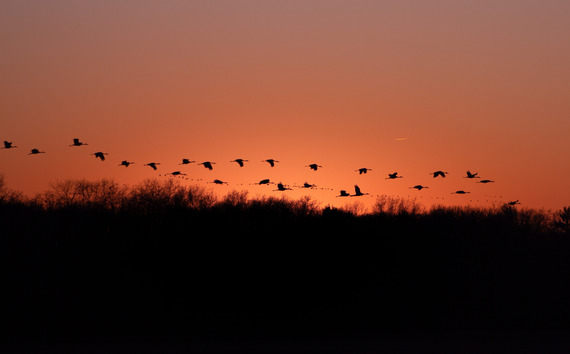
See Indiana’s sandhill crane fall migration
Each fall, thousands of sandhill cranes visit the marsh at Jasper-Pulaski Fish & Wildlife Area (FWA) as they migrate, and their visits make for a prime wildlife viewing opportunity from its observation deck. To spot the flocks of cranes, visit at sunrise or sunset until mid-December. The observation deck has a few stationary viewing scopes, but bringing your own spotting scope or binoculars may enhance your viewing experience.
If you can’t make it to the area, you can follow along with our sandhill crane counts, which we update weekly during the migratory season.
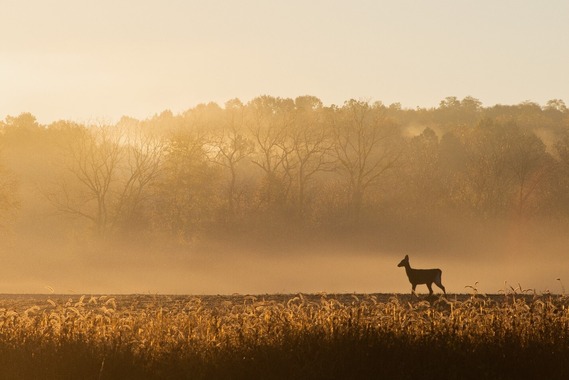
One Health Day is Nov. 3
The concept of One Health recognizes the connections between humans, animals (including pets and agricultural animals), and environmental health. At DNR, we recognize that the well-being of the outdoors and the animals with whom we share our lives are interlinked. Our Fish & Wildlife health team promotes actions that help maintain ecosystem balance and minimize the potential risks of diseases shared by people and wildlife.
Here are a few projects we’re currently working on to support One Health:
- Monitoring avian influenza throughout the state
- Monitoring for rabies in southeastern Indiana after four skunks tested positive earlier this year
- Coordinating a statewide effort to monitor chronic wasting disease in deer, which was detected in the state for the first time earlier this year
Join DNR on One Health Day, Nov. 3, to better appreciate building a healthier Indiana for us, animals, and the environment. Whether you’re taking mindful moments outdoors or checking your pet’s rabies vaccination status, DNR thanks you for supporting One Health.
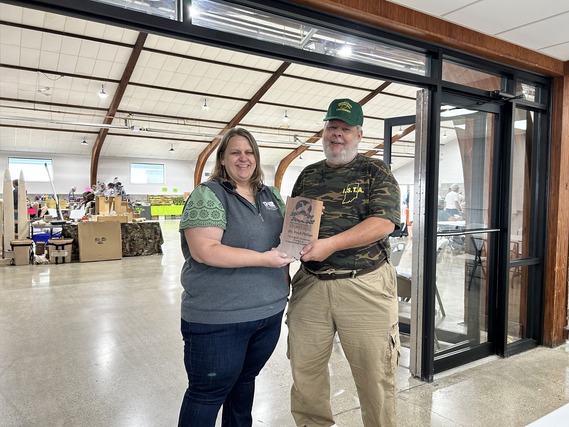
Geriann Albers, furbearer and turkey program leader, alongside veterinarian Fred Philips.
Dr. Fred Philips honored with Bud Denneman Partner in Conservation Award
Last month, Indiana DNR honored retired Rushville-area veterinarian Fred Philips with the Bud Denneman Partner in Conservation Excellence Award at the 2024 Indiana State Trappers Conference. Philips’ crucial role in DNR’s research on gray fox populations provided needed expertise, training, and facilities to ensure the project’s success.
“Philips provided equipment like radiograph machines to collect needed samples, helped our technicians gain confidence in blood collection techniques, and offered advice and expertise throughout the project,” said Geriann Albers, DNR’s furbearer and turkey program leader. “This project couldn’t have been successful without him.”
Find out more about the gray fox research online.
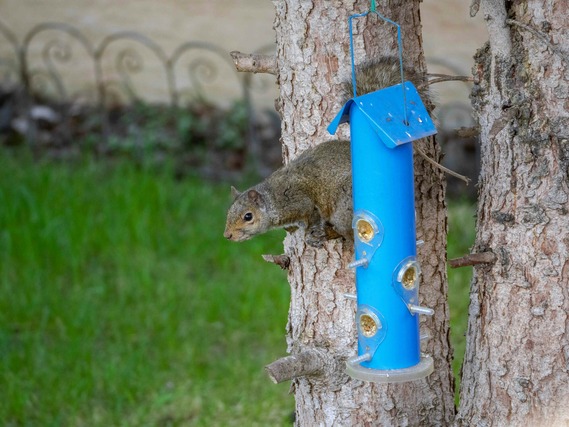
Log your wildlife encounters for research
DNR and Purdue University seek volunteers to track wildlife sightings around their home for a wildlife viewing study. Each volunteer who’s chosen will receive a logbook to report wildlife encounters along with related activities—such as feeding or repairing damage—and expenditures. In exchange, volunteers may be eligible for a cash reward.
If you are interested in helping improve the management of Indiana’s diverse wildlife resources, register to be a volunteer at the link below. After that, Purdue University will send a consent form with a detailed description of the project.

Leaving leaves benefits wildlife
Instead of raking and bagging leaves this fall, consider allowing them to stay and naturally decay. Fallen leaves, plant stems, flower heads, twigs, and logs provide crucial winter habitat for Indiana’s wildlife.
The warmth and cover of leaves provide shelter for Eastern box turtles, salamanders, and frogs, as well as insulation for butterflies and moths. Leaf piles can even benefit landscaping, as they can suppress weeds, retain moisture, and add nutrients to the soil as they decay. Leaves don’t have to be left exactly where they fall—you can rake them into flower beds and around tree bases.
For more information about creating habitat for wildlife in your backyard, visit our website.
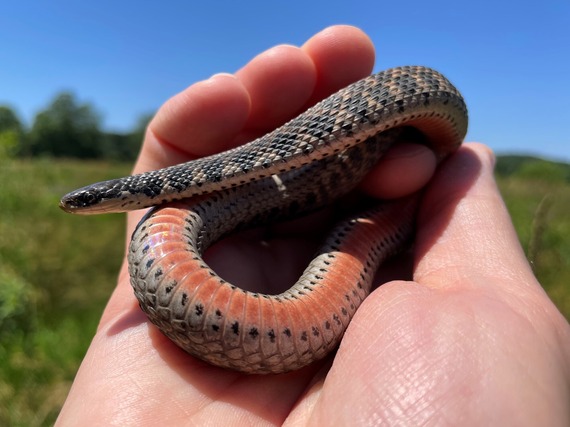
Join our virtual panel to learn about Kirtland’s snakes in a DNR and Sycamore Land Trust partnership
You’re invited: On Nov. 19, from 6–7 p.m. ET, a panel of herpetologists and conservationists will discuss an ongoing partnership between the DNR and the Sycamore Land Trust, which has led to major discoveries about the elusive Kirtland’s snake’s habitat use and occurrence.
This webinar requires registration. Attendees will need a computer or handheld mobile device to attend.
Recent news releases
Indiana deer hunters urged to remember safety tips
Upcoming events
- Nov. 2 – Climate Conversations 2.0 Workshop for Educators; Jasper
- Nov. 2 – Growing Up Wild Workshop for Early Childhood Educators, Auburn
- Nov. 6 – Whooper Wednesday, Goose Pond FWA
- Nov. 8 – Moonlight Bug Safari, Goose Pond FWA
- Nov. 14 – Growing Up WILD and Getting Little Feet WET Workshop, Zionsville, Boone County
- Nov. 19 – DNR and Sycamore Land Trust Present: A Kirtland’s Snake Recovery Panel, Virtual
More
- Buy a license
- Hunting information
- Where to Hunt
- Fishing information
- Where to Fish
- Fish & Wildlife properties

The Indiana Natural Resources Foundation celebrates and preserves Indiana’s natural legacy by raising funds to support the Indiana Department of Natural Resources (DNR) and its programs. Together, we have helped expand public lands, restore wildlife habitat, and create outdoor educational and recreational opportunities for Hoosiers.
About Fish and Wildlife Management in Indiana
Fish and wildlife management and public access are funded by fishing and hunting license revenue and also through the Wildlife and Sport Fish Restoration Programs administered by the U.S. Fish & Wildlife Service. These programs collect excise taxes on sporting arms and ammunition, archery equipment, fishing equipment, and motor boat fuels. The money is distributed among state fish and wildlife agencies based on land size and the number of licensed anglers and hunters in each state. Find out more information about fish and wildlife management in Indiana at Wildlife.IN.gov.


